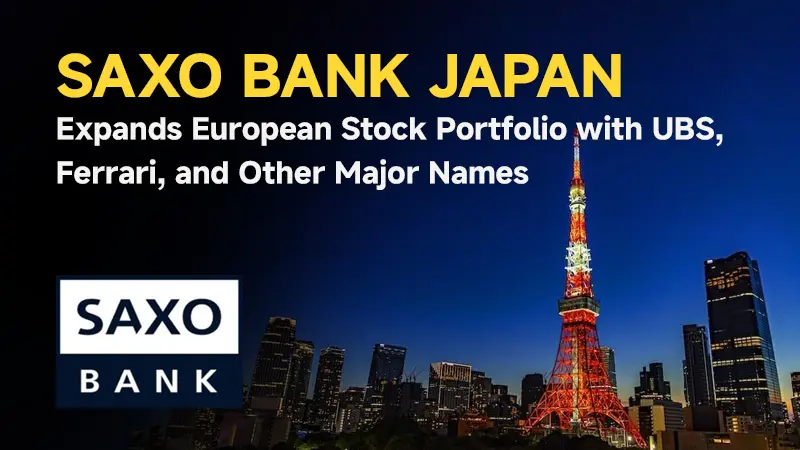简体中文
繁體中文
English
Pусский
日本語
ภาษาไทย
Tiếng Việt
Bahasa Indonesia
Español
हिन्दी
Filippiiniläinen
Français
Deutsch
Português
Türkçe
한국어
العربية
Know the Differences Between Stablecoins and Altcoins
Abstract:Learn the differences of stablecoins and altcoins from this article.

In the ever-evolving landscape of cryptocurrency, two distinct types of digital assets have emerged prominently: stablecoins and altcoins. While both belong to the broader category of cryptocurrencies, they serve fundamentally different purposes and exhibit contrasting characteristics. For traders navigating the complexities of digital markets, grasping these differences is crucial for informed decision-making and strategic investments.

Stablecoins are designed to minimize the volatility that plagues many traditional cryptocurrencies like Bitcoin and Ethereum. The primary objective of stablecoins is to maintain a stable value relative to a specific asset or basket of assets. This stability is typically achieved through pegging to fiat currencies (e.g., USD, EUR) or commodities (e.g., gold).
Stablecoins employ various mechanisms to ensure price stability. Firstly, fiat-collateralized stablecoins are backed by reserves of fiat currency held in banks, providing a 1:1 pegging. Secondly, crypto-collateralized stablecoins are supported by other cryptocurrencies held in reserve, managed through smart contracts to maintain stability. Lastly, algorithmic stablecoins use algorithms that dynamically adjust the coins supply based on demand to stabilize its value.

Contrasting with stablecoins, altcoins (short for alternative coins) encompass a vast array of cryptocurrencies that are not Bitcoin. They vary widely in purpose, function, and underlying technology. Altcoins are often developed to address specific use cases beyond basic peer-to-peer transactions, such as smart contracts, decentralized applications (dApps), or privacy-focused transactions.
Altcoins exhibit a diverse range of functionalities. Firstly, utility tokens are used to access or facilitate transactions within specific networks or platforms (e.g., Ethereum's Ether). Secondly, privacy coins are designed to enhance user anonymity and transaction confidentiality (e.g., Monero, Zcash). Lastly, platform coins serve as the foundation for decentralized applications and smart contracts (e.g., EOS, Cardano).
In summary, stablecoins prioritize stability, mimicking the value of traditional assets, whereas altcoins serve diverse functions beyond mere store-of-value. Stablecoins aim to minimize price fluctuations, making them suitable for transactions and hedging against market volatility. Altcoins, on the other hand, can experience significant price swings influenced by market sentiment and technological developments. Stablecoins are predominantly used for transactions and as a medium of exchange, whereas altcoins can serve various specialized functions within blockchain ecosystems.
In the dynamic realm of online trading and cryptocurrency investment, distinguishing between stablecoins and altcoins is essential for crafting effective trading strategies and managing risk. While stablecoins offer stability and liquidity akin to traditional assets, altcoins present opportunities for innovation and participation in emerging blockchain applications. By understanding these distinctions, traders can navigate the complexities of the crypto market with greater confidence and insight.
As both stablecoins and altcoins continue to evolve alongside regulatory frameworks and technological advancements, their roles in the digital economy are likely to expand, providing new avenues for investors and consumers alike to engage with blockchain technology.

Disclaimer:
The views in this article only represent the author's personal views, and do not constitute investment advice on this platform. This platform does not guarantee the accuracy, completeness and timeliness of the information in the article, and will not be liable for any loss caused by the use of or reliance on the information in the article.
Read more

JP Markets Review: High Spread & Commission, Fake Bonus Lure & Withdrawal Hassles Frustrate Traders
Have you been lured into opening a JP Markets Forex Trading Account with a high bonus offer that never existed? Have you found the spread and commission charges higher on JP Markets Login than what’s advertised on the broker’s website? Wondering why you are not able to withdraw funds from your trading account? Well, all of these hint at a potential forex investment scam. Many traders have expressed their disappointment while sharing the JP Markets Review online. In this article, we have shared certain complaints. Take a look at them.

Exclusive Markets Under the Scanner: Traders Report High Swap Charges, Deposit Discrepancies & More
Is your forex trading account experience at Exclusive Markets far from good? Do you witness high swap fees and daily charges? Does the deposit fail to reflect in your Exclusive Markets Login? Don’t receive adequate response from the customer support official on your trading queries? You are not alone! Traders have already alleged that the forex broker is involved in these activities. In this Exclusive Markets WikiFX review article, we shared some traders’ comments. Read on to know about them.

Is Amillex Safe or a Scam? Understanding Rules and Security
You are asking an important question: Is Amillex safe or a scam? The simple answer is that Amillex works in an unclear area that needs careful study. It is not a complete scam like fake websites that steal your money right away, but it also does not meet the safety rules of the best, well-regulated brokers. Read on to explore more details.

Saxo Bank Japan Expands European Stock Portfolio with UBS, Ferrari, and Other Major Names
Saxo Bank Japan is broadening its investment offerings by adding over 100 European stocks from Denmark, Italy, Spain, and Switzerland. The expansion—set to launch on November 5, 2025—includes globally recognized companies such as UBS, Ferrari, Novo Nordisk, and Nestlé. This initiative enhances Saxo Bank Japan’s already extensive global stock lineup, aiming to support investors seeking diversification into leading European industries.
WikiFX Broker
Latest News
Is Nash Markets Regulated or Risk? Truth About Nash Markets’ License & Withdrawal Issues
Webull Widens Crypto Futures with Coinbase Derivatives
Latest FCA Daily Alerts and Consumer Warnings for 2025
CySEC Blocks Certification Access to Combat Advisor Impersonation
Angel one 2025 Review & Complaints
Exclusive Markets Under the Scanner: Traders Report High Swap Charges, Deposit Discrepancies & More
Annual Sales Of New Vehicles Expected To Hit Only 15.7 Million Units: Cox
Saxo Bank Japan Expands European Stock Portfolio with UBS, Ferrari, and Other Major Names
Amillex Broker Affiliate Program: A Complete Guide to Earning with Referrals
New SC Rules Take Effect in November 2025: What’s Next for Finfluencers?
Currency Calculator



